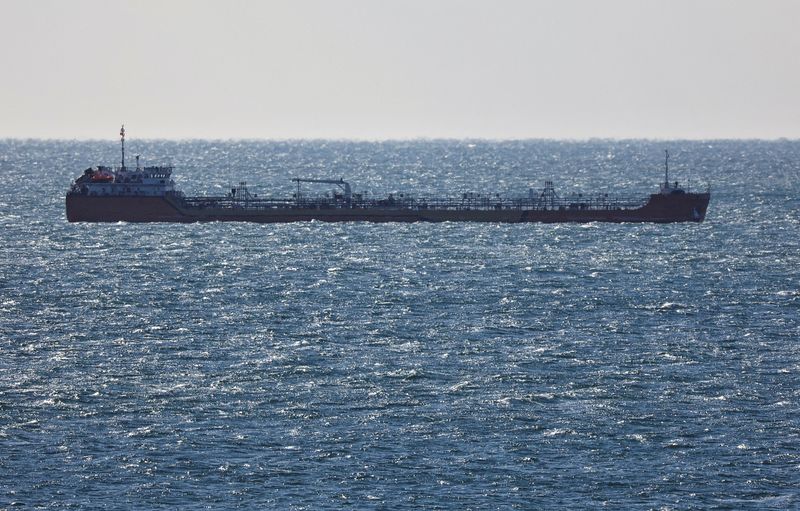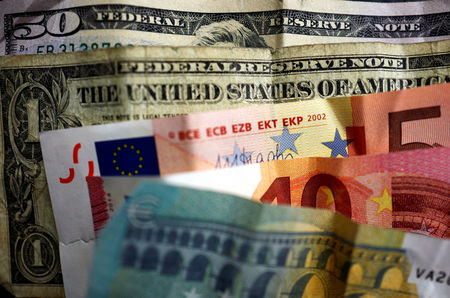Investing.com — As Europe heads into winter 2024-25, analysts at Bernstein note that the natural gas market is showing signs of tightening, driven by multiple supply and demand pressures and further compounded by the potential impact of a second Trump presidency.
According to the firm’s analysts, the European gas benchmark, TTF, has climbed nearly 30% year-to-date, pushing January 2025 prices to around $12.4/mmBtu, close to Bernstein’s long-term forecast of $11.60/mmBtu.
This increase is seen as reflecting a range of issues, from declining domestic production to rising global demand for LNG.
The firm explains that European domestic gas production has been dwindling, particularly in the UK, where North Sea gas output dropped 12% in the first half of 2024 alone.
Meanwhile, Holland’s giant Groningen gas field is also undergoing a complete shutdown, exacerbating regional supply constraints. As Bernstein notes, “with no new fields starting up,” Europe’s reliance on imports will only grow.
On the demand side, increased competition from Asia has heightened pressure. China and India, both major LNG consumers, are said to have seen near double-digit growth in gas consumption this year.
Meanwhile, Bernstein says Brazil also became a significant LNG importer following a severe drought that reduced its hydroelectric power capacity, while Egypt, traditionally a net exporter, turned into a gas importer due to domestic shortages and production declines at the Zohr field.
Meanwhile, supply-side disruptions from LNG export facilities, such as the US’s Freeport and Australia’s Ichthys, have added further volatility, according to the firm.
Adding to the complexity, a Trump 2.0 administration could potentially elevate tariffs, influencing European and Asian gas prices through currency and trade impacts, says Bernstein.
For Europe, the confluence of factors creates a challenging winter outlook, with Bernstein’s forecast anticipating sustained high prices in a tight market.
This post is originally published on INVESTING.




